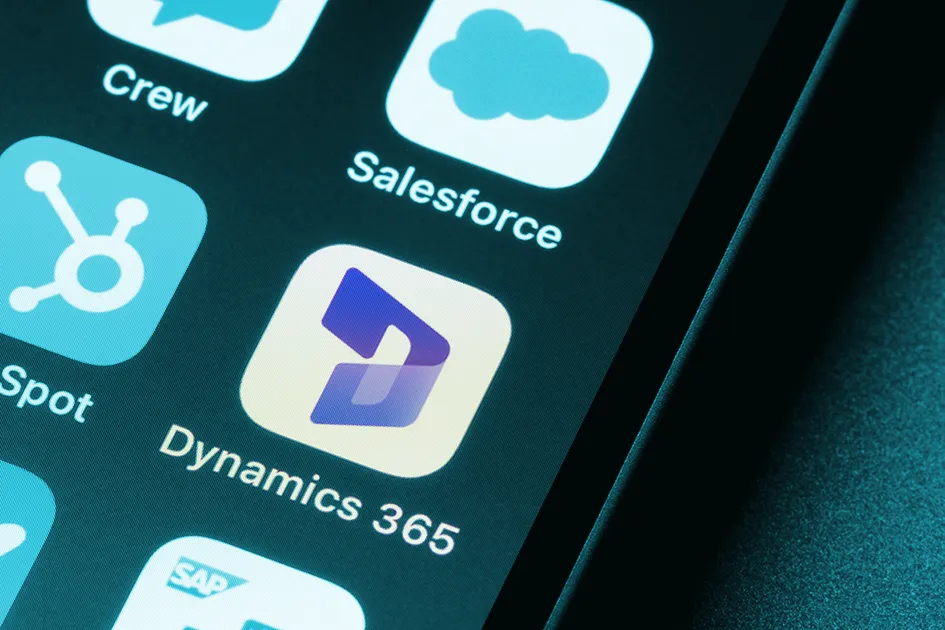Combining different Software Solutions Generic Linking or
Full Integration?
Full
It is simply impossible to cover all of your company’s IT needs with a single solution. Basically, you have two options: the generic linking of the individual solutions or the complete integration 🧩 of your solutions in a platform approach. For your long-term success, you need to pay attention to this crucial difference - especially if you want to replace your current solution with a new one…
Isolated Solutions with Poor Connectivity
With the best will in the world, you cannot cover the entire IT needs of your company with just one application. This is understandable, as accounting is a completely different matter to HR management or purchasing.
In the past, many companies opted for isolated solutions. When selecting a new tool, the focus was on the required functions and features of the respective area and much less on integration with the other solutions. As a result, many different isolated solutions usually existed side by side - the logical consequence was poor connectivity.
Generic Linking of Solutions
An example: due to Microsoft’s market leadership, almost every ERP vendor offers some kind of connection with Office 365. Or rather Microsoft 365 - that’s the new name. The crucial question now is: at what level does the integration of the software solutions take place? Is it a bridge between two islands with one-sided or two-sided information exchange in a batch process (i.e. data is first collected and then synchronized once an hour, for example) or in real time?
If there is a collection of linked solutions, the individual systems can communicate with each other via interfaces, but cannot intervene directly in the other system.
For long-term Continuity: Microsoft’s Full Integration
A few years ago, Microsoft decided to separate itself from its huge collection of more or less stand-alone solutions. To this end, the company created a roadmap and integrated the solutions into an intelligent cloud platform.
To simplify this process and ensure long-term continuity, Microsoft also decided to integrate its various development teams.

Use Dynamics 365 Functions without closing the Current Application
The advantage of full integration for both existing and new Microsoft customers is that integration takes place at a much deeper level. Imagine being able to operate Dynamics 365 functions directly from within Outlook without having to leave Outlook first. And compare this with the connection of Office 365/Dynamics 365 with any ERP solution that is not from Microsoft. This usually only consists of linking two individual solutions.
Increase Customer Satisfaction with an Integrated, Holistic System
The integration of your systems can also contribute to increased satisfaction and thus also to retention of your customers. From the perspective of a retail company, the holistic system has the following advantages, for example: ordered goods can be delivered faster and additional sales can be generated through cross-selling and upselling. Customer service can also process requests more quickly, as employees have all the information they need, e.g. on payment behavior, delivery times and returns. This means that even further sales potential can be exploited.

Microsoft Dynamics 365 Get rid of your Patchwork
Solution once and for all
Solution
New ERP Solution or Upgrade: consider the Benefits of Full Integration!
When choosing your next software upgrade or a new ERP solution, it makes sense to include integration aspects in your research alongside criteria such as global availability. You should be aware of the advantages of full integration compared to generic linking.
Microsoft’s intelligent cloud platform offers you the opportunity to create your own “enterprise platform” based on full integration. Please contact us if you would like to find out more.


 Working together easily, efficiently and flexibly
Working together easily, efficiently and flexibly
